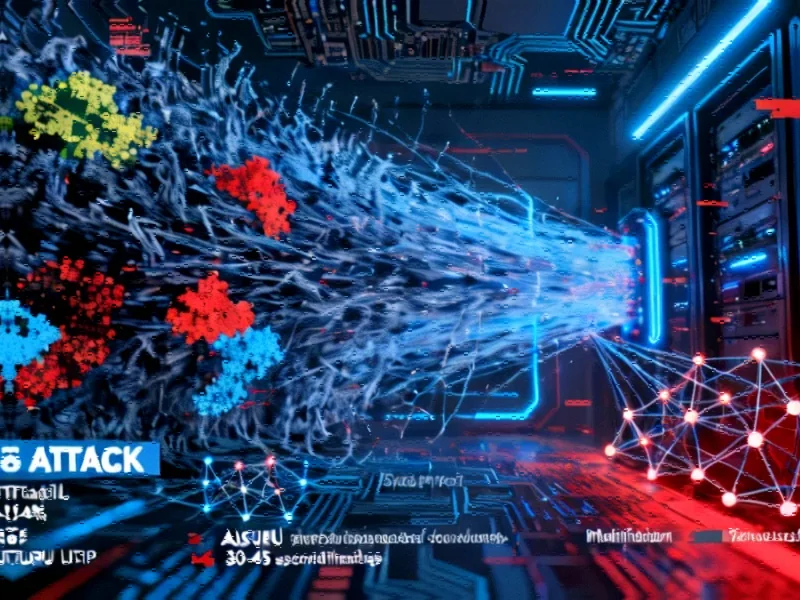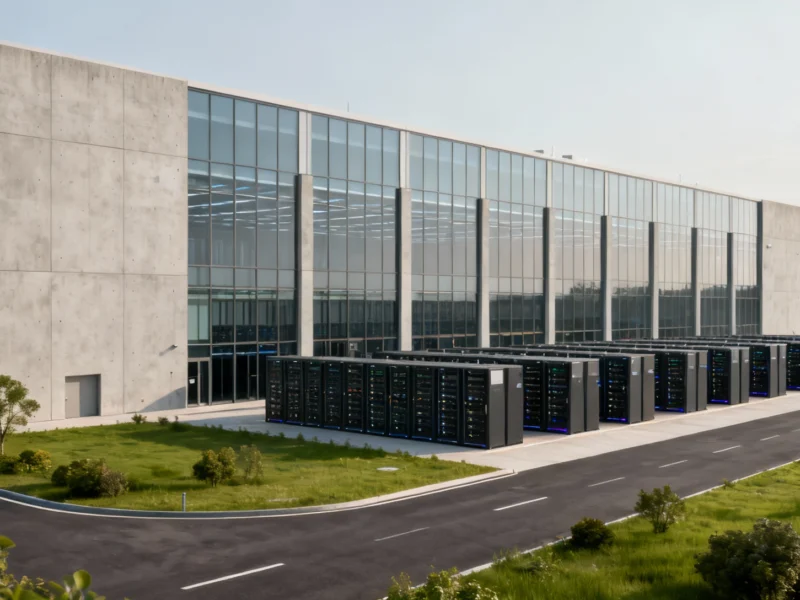The Anatomy of a Digital Hurricane
In what security experts are calling one of the most powerful cyber assaults ever recorded, gaming infrastructure provider Gcore recently weathered a staggering 6 Tbps Distributed Denial of Service (DDoS) attack. This short-burst volumetric flood lasted merely 30-45 seconds yet reached unprecedented peaks of 5.3 billion packets per second, ranking among the top ten DDoS incidents in history. The attack’s sheer magnitude signals a dangerous evolution in cybercriminal capabilities and highlights the escalating threats facing digital infrastructure worldwide.
Geographical Origins and Attack Methodology
Security analysis revealed a concerning geographical pattern to the assault, with over half (51%) of malicious traffic originating from Brazil and nearly 24% emanating from the United States. This distribution points to widespread exploitation of unsecured networks across these regions, particularly highlighting infrastructure vulnerabilities in emerging markets. The attackers primarily leveraged the UDP protocol, a common but effective choice for overwhelming targets with massive traffic volumes without requiring connection establishment.
The assault has been attributed to the notorious AISURU botnet, which security researchers have linked to several recent high-profile cyberattacks. This connection underscores the growing sophistication of cyber criminal networks and their ability to coordinate massive, geographically dispersed attacks with precision timing.
The Changing Landscape of DDoS Threats
This incident represents a significant shift in cyber warfare tactics, where short-duration, high-intensity bursts are becoming the new normal. Rather than prolonged attacks designed solely for disruption, these brief but powerful assaults serve multiple purposes: testing network resilience, probing for vulnerabilities, and gathering intelligence for future operations. Security professionals note that these preliminary strikes often precede more complex campaigns involving malware infiltration or attempts to bypass advanced security systems.
Gcore’s data indicates a alarming 41% increase in DDoS activity over a single quarter, with technology and gaming sectors bearing the brunt of these assaults. This trend reflects broader industry developments in cyber criminal strategy, where attackers continuously adapt their methods to overcome evolving defense mechanisms.
Defense Mechanisms and Mitigation Strategies
Despite the attack’s unprecedented scale, Gcore’s global DDoS protection system successfully absorbed the 6 Tbps flood without service disruption. The company leveraged its network of 210+ Points of Presence (PoPs) worldwide and 200+ Tbps filtering capacity to neutralize the threat. This successful mitigation demonstrates the critical importance of scalable, distributed defense systems in modern cybersecurity architecture.
The incident has prompted renewed focus on adaptive protection technologies that can respond to rapidly evolving threats. As Andrey Slastenov, Head of Security at Gcore, emphasized: “This incident underscores an ongoing escalation in both the scale and sophistication of DDoS attacks. Without strong, adaptive protection, organizations across tech, hosting, and enterprise sectors remain at risk.”
Broader Implications for Digital Infrastructure
The ramifications of this attack extend far beyond temporary service disruption or bandwidth saturation. Modern DDoS campaigns are increasingly part of multi-vector operations that may involve:
- Data exfiltration attempts during distraction periods
- Malware deployment through security gaps opened by the attack
- Ransomware protection system testing and evasion
- Infrastructure mapping for future exploitation
This evolving threat landscape demands a comprehensive security approach that addresses not just DDoS mitigation but integrated protection against related innovations in cyber attack methodology. Organizations must consider how these short-burst attacks might mask other malicious activities and prepare accordingly.
Future Preparedness and Industry Response
The gaming provider’s experience serves as a critical wake-up call for organizations across all sectors dependent on digital infrastructure. As attack volumes continue to climb and methodologies evolve, the cybersecurity community must anticipate even more sophisticated assaults. The concentration of attack sources in specific geographical regions also highlights the need for improved global security standards and international cooperation in addressing vulnerable networks.
Looking ahead, organizations must prioritize investment in robust, scalable protection systems capable of handling not just current threats but anticipating future market trends in cyber warfare. The successful defense against this record-breaking attack demonstrates that with proper preparation and advanced technology, even the most powerful digital storms can be weathered.
This article aggregates information from publicly available sources. All trademarks and copyrights belong to their respective owners.
Note: Featured image is for illustrative purposes only and does not represent any specific product, service, or entity mentioned in this article.



